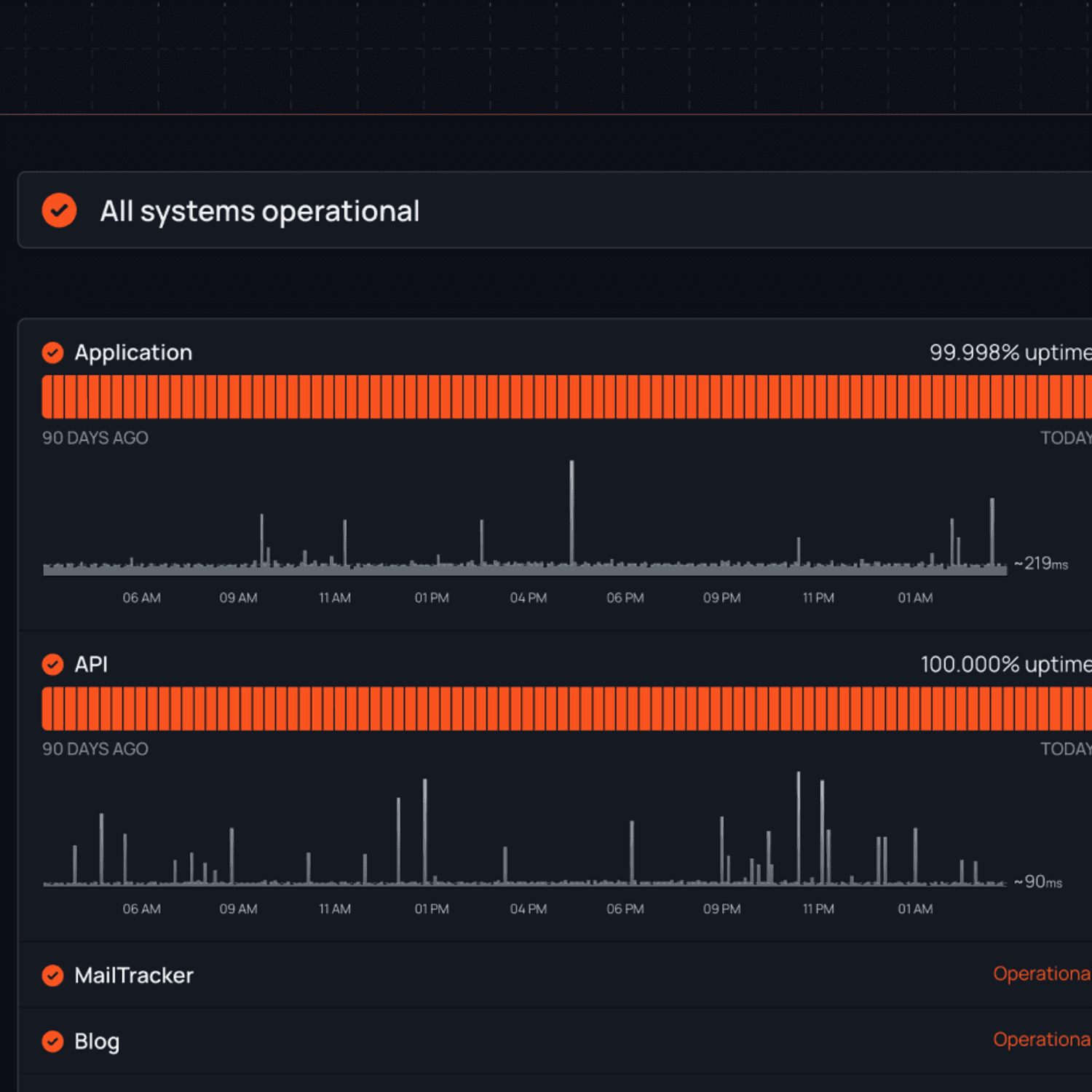From 200 to 503: Understanding the Most Common HTTP Status Codes
When browsing the web, you may have come across error messages such as "404 Page Not Found" or "500 Internal Server Error." These error messages are HTTP statuses, which are an essential part of the internet's communication protocol. In this article, we'll cover the most common HTTP statuses and what they mean.
1. 200 OK
The 200 status code indicates that the request was successful, and the server has returned the requested data. This is the most common HTTP status, and it's what you want to see when you visit a website.
2. 301 Moved Permanently
The 301 status code indicates that the requested page has been permanently moved to a new URL. This status code is important for SEO because it tells search engines that the old URL should be replaced with the new one.
3. 302 Found
The 302 status code indicates that the requested page has been temporarily moved to a new URL. This status code is similar to the 301 status code, but it's used for temporary redirects.
4. 400 Bad Request
The 400 status code indicates that the server could not understand the request due to invalid syntax. This status code is typically caused by client-side errors, such as invalid input.
5. 401 Unauthorized
The 401 status code indicates that the client must authenticate itself before accessing the requested resource. This status code is commonly used for password-protected areas of a website.
6. 403 Forbidden
The 403 status code indicates that the server has understood the request, but the client does not have permission to access the requested resource. This status code is commonly used to restrict access to certain parts of a website.
7. 404 Not Found
The 404 status code indicates that the requested resource could not be found. This status code is commonly seen when a page has been removed or renamed, and the server cannot locate the requested resource.
8. 500 Internal Server Error
The 500 status code indicates that the server encountered an unexpected condition that prevented it from fulfilling the request. This status code is commonly seen when there is a problem with the server, such as a programming error or database connectivity issue.
9. 503 Service Unavailable
The 503 status code indicates that the server is currently unable to handle the request due to temporary overload or maintenance. This status code is commonly used when a website is experiencing high traffic or undergoing maintenance.
In conclusion, understanding HTTP statuses is essential for web developers, website owners, and internet users. The most common HTTP statuses include 200 OK, 301 Moved Permanently, 400 Bad Request, 401 Unauthorized, 403 Forbidden, 404 Not Found, 500 Internal Server Error, and 503 Service Unavailable. By understanding these error codes, you can troubleshoot website issues, optimize your website for search engines, and improve the overall user experience.


